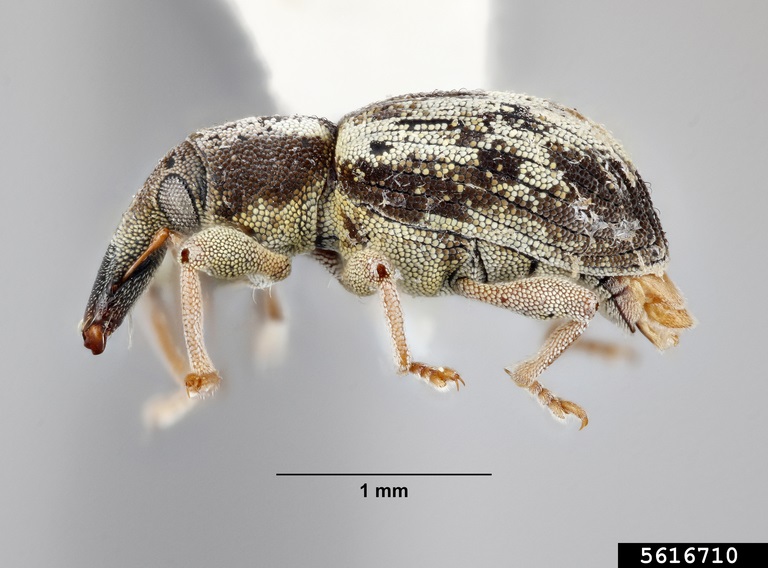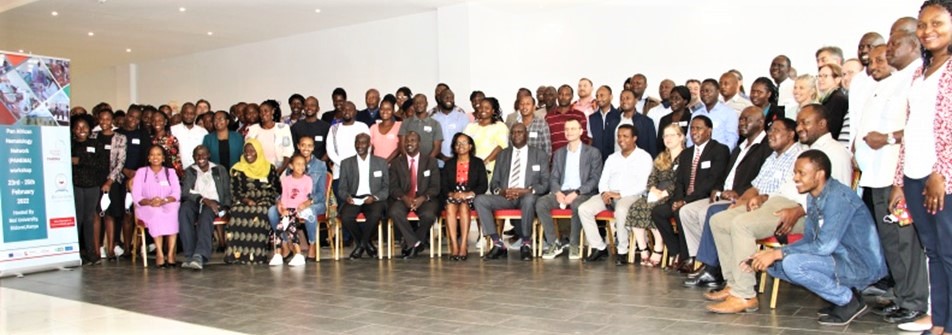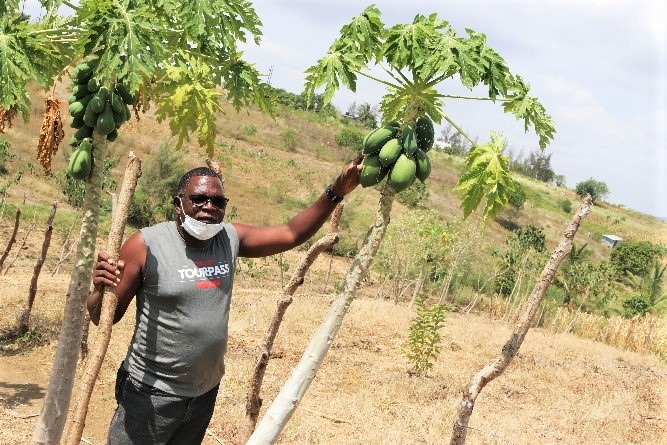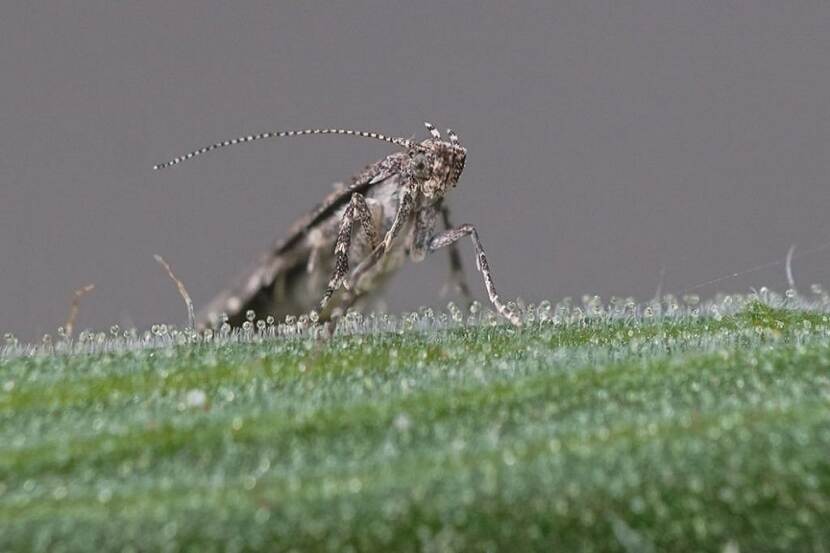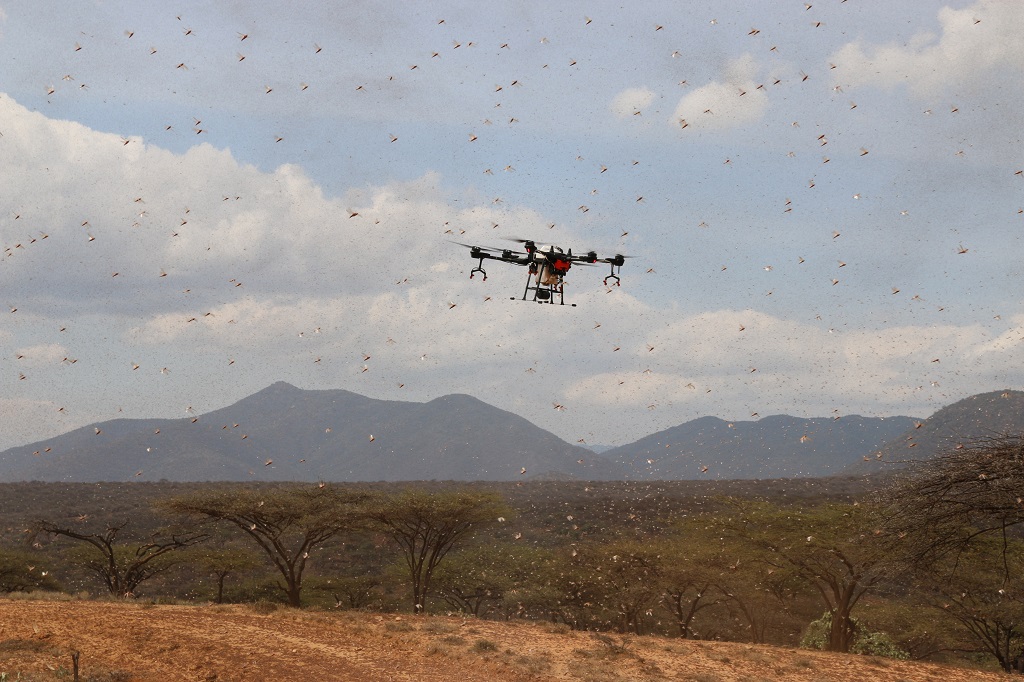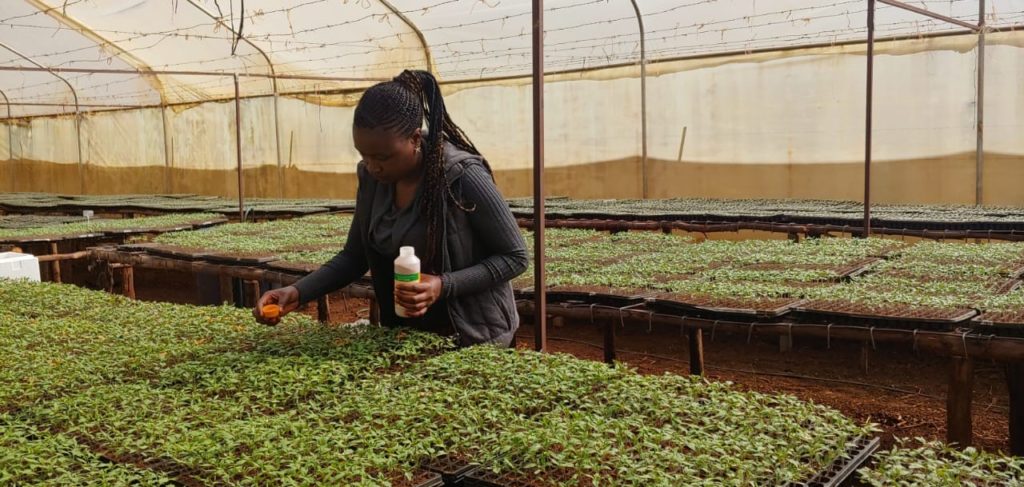Tiny weevil’s mighty impact curbing invasive water lettuce in Kenya’s Maasai-Mara ecosystem
The tiny water lettuce weevil (Neohydronomus affinis) is having a mighty impact curbing invasive water lettuce (Pistia stratiotes L.), which has been threatening the rich biodiversity of Kenya’s Maasai-Mara ecosystem.
Stepping up the fight against Tuta Absoluta in Kenya with safer and sustainable biocontrol products
Tomato is one of the most important vegetables grown by farmers in Kenya and plays an important role in generating employment and income. However, tomato production is limited by many factors, the most important of which are insect pests. Tomato farmers tend to control tomato pests with pesticide sprays, but these pose risks to the…



